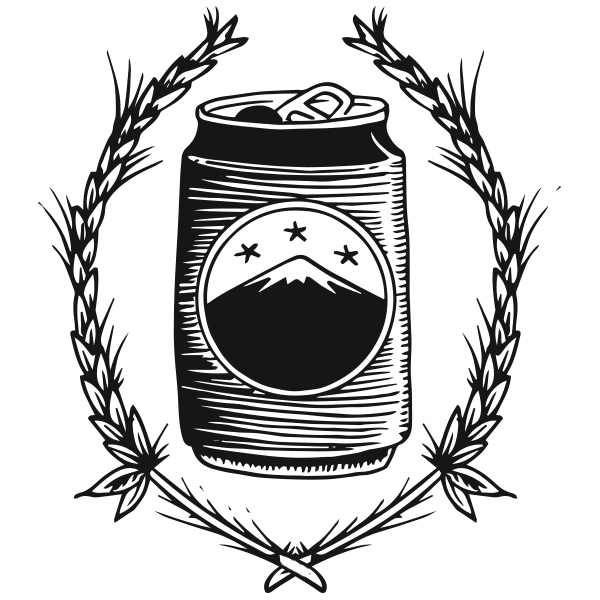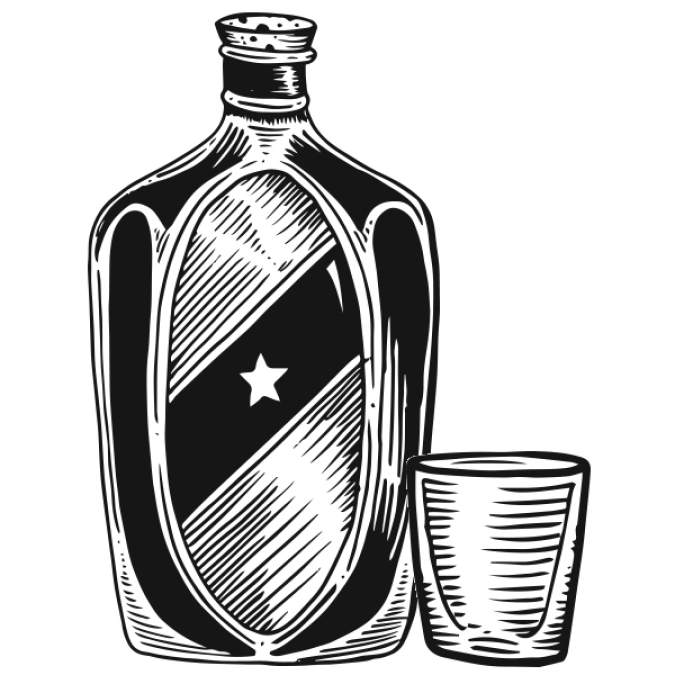Last week I wrote about IPAs. Negatively. As I suspected, I touched a raw nerve in the local beer community: The IPA culture here is deeply ingrained. Since I can’t resist poking at that nerve, here are a few more thoughts.
First and foremost, I want to state this unequivocally: If you like IPAs, awesome. You are surrounded by a vast and growing array of choices and a local beer industry committed to catering to your tastes. I don’t quite understand the defensiveness: IPAs aren’t exactly a niche product that I’m trying to exterminate. My point was that they’re a disproportionately large component of the beer culture in and around Seattle, and that for those of us who don’t love hoppy beer, a redistribution of tap handles and shelf space would be welcome.
Let’s not forget, though, that IPAs arose because shipping British beer to India required the addition of extra hops (a powerful natural preservative). Much like the tannins in wine, that flavor, first sought to protect the drink from travel and aging, came to define the style—and, also like tannin, when overdone, other subtleties and flavors are obliterated by a wave of astringency.
And I’ll skip over the calories in IPAs. Just realize that it’s probably a whole lot more than you’d like to think when you’re reaching for that third pint.
I mean, I get it. IPAs and other hoppy beers gained popularity in part because they were so dramatically different from most of the beer available in the U.S. Certainly they’re light years away from Budweiser or Miller Lite, and as such, drinking richer, hoppier beers was about making a statement. Yet if there was ever a time to put the IPAs down and give lighter (craft) beers a try, it would be spring and summer.
Pilsners, lagers, and blonde ales suffered most in the backlash against industrial breweries, since those were the styles that Budweiser, Anheuser-Busch, and others employed in a literally watered-down fashion. Yet they remain ideal warm-weather beers, light, crisp, and refreshing. Their relatively low levels of malt and hops keep them from filling you up, and they’re usually brewed to 4.5 to 5 percent ABV (alcohol by volume). Georgetown’s “Roger’s” pilsner; the Old Seattle Lager from Maritime Pacific; Naked City’s “Blonde on Blonde”: All are perfect for the porch, and won’t overwhelm your palate as a heavier IPA will.
For the slightly more daring, the world of saisons and wheat beers offers plenty of the depth of flavor and complexity of many IPAs without the corresponding hoppiness. The spiced, fruity aromatics of Boundary Bay’s Saison and the tropical notes throughout Stoup’s Weissbier taste inescapably of summertime.
And you know what? There are worse things to do than sit on the lawn or the beach with a bottle of relatively cheap lager and just enjoy the damn sunshine. Save the IPAs for gray days: There are plenty of them, after all.
thebarcode@seattleweekly.com







